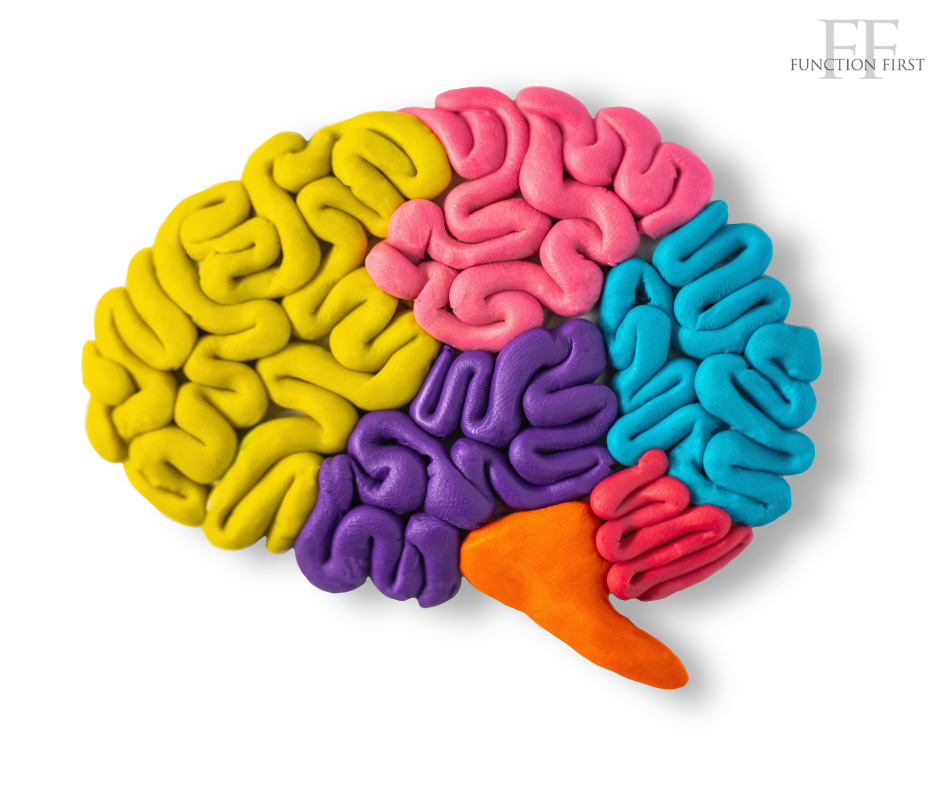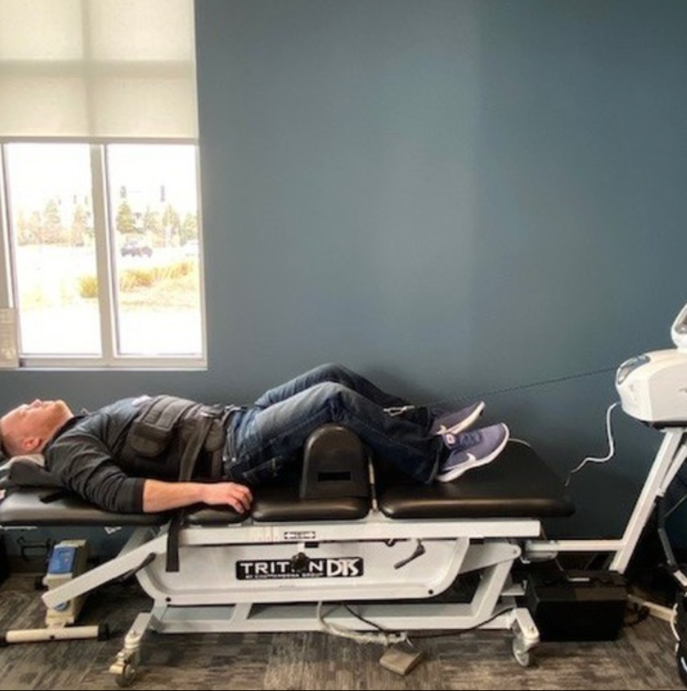How Spinal Decompression Therapy Can Relieve Back Pain and Neuropathy: A Chiropractic Approach
Back pain has become a widespread issue, frequently cited as the second leading cause of lost workdays among adults under 45, just following the common cold (Kahere, 2022). This is particularly alarming given that pain in the lumbosacral spine is the most common complaint leading to significant workplace absenteeism. The U.S. Department of Health and Human Services identifies low back pain as the primary cause of disability in this age group, underlining its extensive impact on daily life.
As traditional treatment options become more invasive and costly, a promising alternative has gained traction: spinal decompression therapy. This non-invasive approach not only alleviates back pain but also addresses associated conditions such as neuropathy, which can significantly affect nerve function and overall quality of life. By aiming for long-term relief, spinal decompression therapy reduces the need for medications and surgical interventions. Clinical studies and patient testimonials support the effectiveness of this therapy in managing chronic pain, marking it as a valuable option in chiropractic care.
Understanding Neuropathy and Its Link to Spinal Health
Neuropathy refers to nerve damage that can result in symptoms such as pain, tingling, and numbness. According to Yale Medicine, around 20 million people in the U.S. are affected by some form of nerve damage, emphasizing the relevance of this condition. Neuropathy can arise from various factors, including diabetes, infections, autoimmune diseases, and notably, spinal misalignment and nerve compression.
The relationship between spinal health and nerve function is vital. The spine encases the spinal cord, which is crucial for transmitting nerve signals throughout the body. When the spine is misaligned or subjected to excessive pressure, conditions that result in nerve compression may develop. This compression can worsen symptoms associated with neuropathy, creating a painful cycle of dysfunction.
Recognizing this connection highlights the importance of maintaining spinal health. By utilizing therapies like spinal decompression, patients can effectively address spinal issues and alleviate nerve-related symptoms, leading to improved overall well-being.
What is Spinal Decompression Therapy?
Spinal decompression therapy is a non-invasive chiropractic technique aimed at relieving pressure on spinal discs and nerves. This therapy employs a specialized machine that applies controlled traction to the spine, gently stretching it to create space between the vertebrae. The resulting negative pressure within the discs allows for repositioning and promotes the influx of essential healing nutrients.
The chiropractic application of spinal decompression is based on restoring alignment and reducing pressure on nerve roots. Unlike traditional methods that may primarily focus on symptom relief, spinal decompression targets the underlying issues contributing to pain. This holistic approach is crucial for the long-term management of back pain and related neuropathic conditions.
The procedure is relatively straightforward and painless. Patients lie on a decompression table, and the machine is programmed to apply specific traction forces tailored to individual needs. This process generates a vacuum effect within the discs, encouraging nutrient and fluid absorption that promotes healing. Many patients report a significant reduction in pain and increased mobility after just a few sessions.
Benefits of Spinal Decompression for Neuropathy and Back Pain
The benefits of spinal decompression therapy extend beyond immediate pain relief. Research and clinical evidence indicate several advantages associated with this treatment modality, particularly for neuropathy and lower back pain.
One notable study conducted by Normal Shealy compared traditional linear traction devices with non-surgical spinal decompression. The findings revealed that conventional traction yielded no positive results for patients with herniated discs, whereas NSSD produced “good” to “excellent” outcomes, underscoring the therapy's effectiveness. (Shealy, 1997)
Alleviation of Nerve Pressure
A primary benefit of spinal decompression therapy is its capacity to alleviate symptoms of neuropathy by reducing pressure on affected nerves. When nerve roots are compressed, they may become inflamed, leading to heightened pain and discomfort. By relieving this pressure, spinal decompression can help restore normal nerve function, diminishing symptoms like tingling, numbness, and shooting pain.
Pain Reduction in the Lumbosacral Spine
The lumbosacral spine is the most common source of back pain among adults, and spinal decompression therapy effectively addresses this issue. By creating space between the vertebrae, the therapy can reduce disc bulging and herniation, frequent causes of lumbosacral pain. Studies indicate that patients undergoing spinal decompression often experience significant pain reduction, enabling them to return to daily activities with greater ease.
Enhanced Mobility and Functionality
Many patients report improved mobility and functionality following spinal decompression therapy. As pain diminishes and nerve function is restored, individuals often find they can engage in activities that were previously challenging or impossible. This improvement can significantly enhance quality of life, allowing patients to participate in work, exercise, and social activities without the limitations imposed by chronic pain.
Long-Term Relief without Invasive Procedures
A compelling aspect of spinal decompression therapy is its potential to offer long-term relief without resorting to invasive surgical procedures. Many medical professionals advocate that all non-invasive treatment options should be thoroughly explored before considering surgery. Traditional methods for managing back pain often involve medications or surgeries, both of which come with risks and potential complications. In contrast, spinal decompression therapy provides a non-surgical option that effectively addresses the root causes of pain.
Patient Testimonials: Real-Life Success Stories
The effectiveness of spinal decompression therapy is vividly illustrated by the experiences of patients who have benefited from this treatment at Function First Chiropractic in Carmel, Indiana. These testimonials provide firsthand accounts of the profound impact that spinal decompression can have on individuals suffering from chronic back pain and neuropathy.
Yvonne's Story
"I saw an ad for spinal decompression at Function First and having various back issues for over 30 years, I decided to check it out. It turned out to be one of the best decisions ever. Spinal decompression has brought tremendous pain relief along with calming down my neuropathy. If you are suffering from any kind of back pain, I highly recommend Dr. Grabinski (she’s amazing) and giving the spinal decompression a try."
Jessica's Story
"I’ve had lower back pain for years. When I came in I couldn’t stand/walk for more than 30 minutes. Dr. Grabinski suggested I do decompression therapy. I’m only 2 weeks in and I feel amazing. I am able to move and do more than I have in the last few months. I would most definitely recommend it. As soon as you walk in, you feel welcomed. I have nothing but great things to say. Truly a great place."
Scott's Story
"I developed a bulging disc and it rendered me immobile for a few days out of the year for the past decade… There was not a whole lot that could be done about it. They didn’t want to do surgery back then because they said I was too young, so I gave spinal decompression a try as a non-surgical approach and it’s been great. I have done 20 sessions now and it’s painless and easy to do. You let the machine do all the work for you and afterward, I haven’t had any of those issues that I was experiencing before, like not being able to sit and not being able to get up and move."














